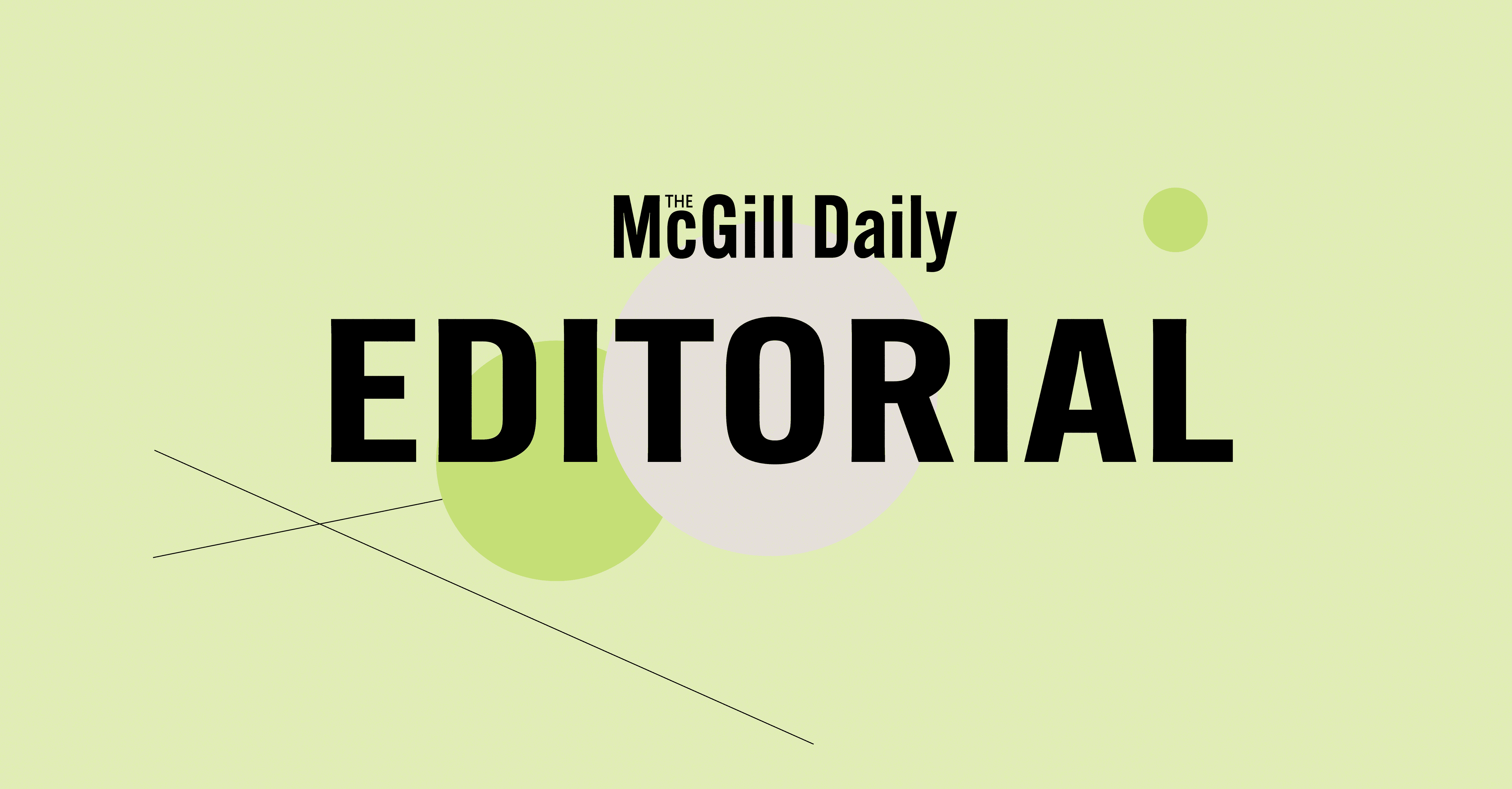This summer has been particularly cruel to Canada’s forests. For months now, climate change-induced wildfires have raged across the country, burning down nearly five per cent of the country’s forested area. With smoke travelling beyond Canada’s borders, these fires have gone on to impact millions across the continent, including many McGill students. For example, on the afternoon of June 25, Montreal officially recorded the worst air quality in the world following fires in Quebec, only to be topped by Toronto just days later.
Climate-induced wildfires are becoming an increasingly common occurrence. Fueled by human activity – which scientists suggest is the cause behind 84 per cent of all wildfires – Canada’s first major forest fire catastrophe took place in 2016 near Fort McMurray, when a blaze destroyed more than 1,600 homes. Since then, wildfires have also wreaked havoc in Lytton (2021) and throughout Alberta (2019).
As this trend becomes impossible to ignore, it is remarkable just how ill-equipped the Canadian government is at preventing and tackling wildfires. One glaring issue is the absence of a national wildfire-fighting service. Experts like Mike Flannigan, the British Columbia Innovation Research Chair in Predictive Services, Emergency Management and Fire Science, have repeatedly advocated for a national approach to fighting wildfires. Flannigan explains that “a national air fleet […] can move resources ahead of time when we see those extreme fire episodes coming and [we will thus] be better positioned to deal with the fire load.” Despite these calls, Canada continues to cling to the notion that wildfire fighting should remain a “provincial” issue. The federal government has spoken out against the formation of a national service as recently as August.
Provinces also consistently underspend on much-needed proactive wildfire prevention. In recent years, both Ontario and Alberta have repeatedly cut large portions of their budgets allocated to preventing fires. Indeed, after setting aside $212 million to protect against wildfires in 2018–19, Ontario Premier Doug Ford perplexingly decided to cut spending to just $69.8 million in 2019–20. While funding for wildfire prevention has admittedly risen since then – back up to $237 million for 2022–23 – spending for 2023–24 is again expected to fall to $135 million, a reduction of almost 43 per cent.
Even in the few cases where provinces were once well equipped to fight forest fires, bipartisan efforts to cut budgets have limited such capabilities. Since 2016, Alberta has repeatedly slashed its wildfire prevention spending: the NDP first cut $15 million from the budget seven years ago, and the United Conservative Party decided to increase these cuts just three years later. In turn, the province was forced to scrap its Rappel Attack Program (RAP), a 40-year-old training program for firefighters, and to decommission 26 fire towers, one fifth of the province’s lookout detection program. This decision has proved costly over the years, but especially in the fight against the 591 reported wildfires the province has experienced this year. Members of RAP have spoken out against the decision as recently as this summer, expressing a belief that the slashed “rappel teams could have made the difference in the ongoing fire fight.”
It is important to emphasize just how devastating these fires really are, particularly to marginalized communities. Since May, hundreds of wildfires across Canada have displaced more than 25,000 Indigenous peoples from BC to Nova Scotia. This stark reality underscores a profound and ongoing injustice, as the very communities with the knowledge and tools to mitigate wildfires are also the ones bearing the brunt of their devastating consequences.
Throughout the United States, one of the most common wildfire prevention techniques is a `“prescribed burn” `– an intentional fire planned and managed by fire specialists. Indigenous groups across Canada historically relied on the technique, which they coined “cultural burns”, from at least the 16th century until colonial powers banned the practice in 1874. With the practice now legal and proven to be highly effective, one would expect Canada to rapidly embrace its use. But that has not been the case. While the United States has performed as many as 150,000 prescribed burns as recently as 2019, Canada performed just 23 this past year. In what can only be described as a perpetuation of Canada’s shameful colonial past, the country’s leadership continues to sideline Indigenous knowledge and expertise.
So long as the climate crisis continues, extreme weather, including wildfires, is here to stay. Now more than ever, it is critical to support organizations that aid the unhoused and vulnerable, like The Open Door, Resilience Montreal, and Chez Doris. If you are able, you can also consider donating to the 2023 Canadian wildfire relief efforts. Canadahelps.org provides an extensive list of relevant charities across Canada, including groups that specifically serve Indigenous communities, such as The Odawa NFC. Additionally, Indigenous Climate Action has compiled a list of wildfire mutual aid funds in BC, the Northwest Territories, and Maui. Readers who live in or near areas where wildfires are prevalent are also encouraged to consult the Government of Canada’s Emergency Preparedness Guide.
